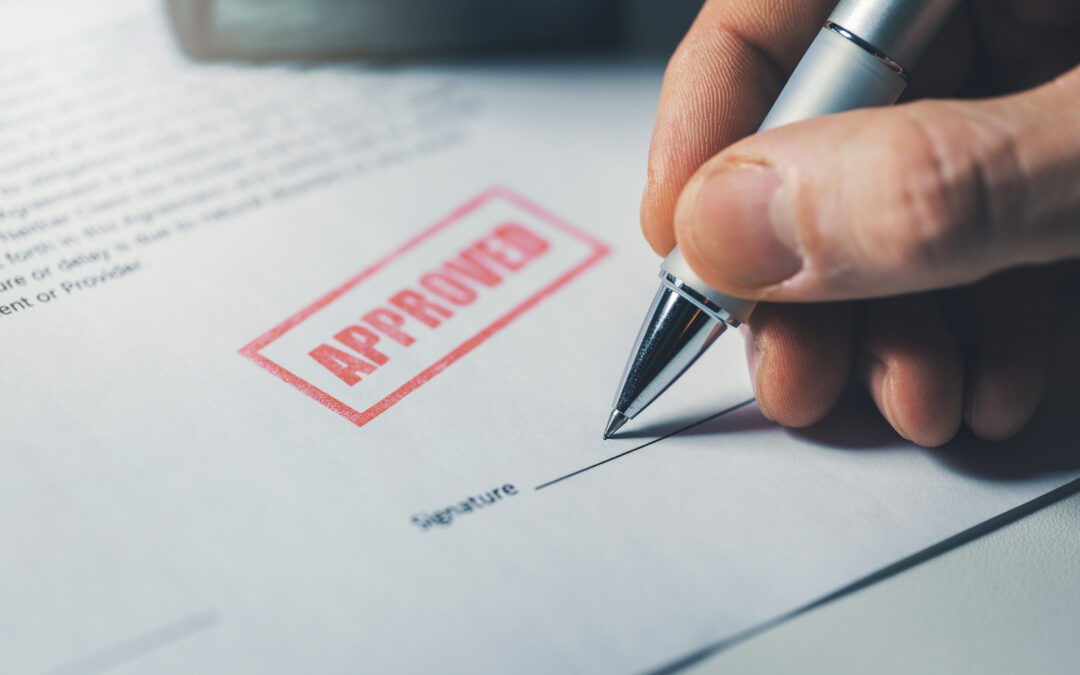
by Kathleen Lynch | May 14, 2025 | Copying, Copyright, Uncategorized
Join Pick’em Pros LIVE on Saturday, April 26th for an exclusive VIP event at KINGS Raleigh! This event WILL SELL OUT, so grab your tickets NOW!
🔥 What’s Happening:
🏀 NBA Playoffs Breakdown – Who’s making a championship run?
🏈 NFL Draft Reactions – Which teams are crushing it? Who’s making the worst picks?
🥊 LIVE Interview: Power Slap Athlete Devin Jenkins – Get inside the world of power slap!
🏈 Rising football star Jaylen – Ravenscroft High school freshman making a name for himself!
📜 LIVE Letter of Intent Signing! – A top local athlete will sign their official commitment on the show!
🎶 DJ EJ Da Wizz spinning all night—before, during & after the show!
🎳 BOWLING ALL NIGHT (6:30-10 PM) – Included with your ticket!
🎁 Massive Prize Giveaway from our sponsors at the end of the night!
🍽️ FOOD & DRINKS:
- An abundance of delicious food! 🍕🍔🍤 Main course starts at 6:30 PM, dessert served at 9 PM.
- Menu includes pizza, sliders, shrimp, and more!
- Drink tickets are available for pre-purchase only! 🍹 (Max 2 per person, $5 each – drinks average $12 onsite.)
- No drink tickets will be sold at the event, so plan ahead!
📅 Date: Saturday, April 26th
⏰ Time: Doors open at 6:30 PM | Showtime: 7:00 PM – 8:30 PM | DJ & Bowling Until 10 PM
📍 Location: KINGS Raleigh – Royal Room VIP
💵 Tickets: $25 Adults | $20 Kids (Advance Drink tickets: $5 each, max 2 per person)
🎟️ GET YOUR TICKETS NOW – BEFORE THEY SELL OUT! 🎟️

by Kathleen Lynch | Aug 12, 2014 | Uncategorized
The U.S. Patent and Trademark Office (USPTO) and the Minority Business Development Agency (MBDA) are co-hosting a three part webinar series to help business owners understand the intellectual property process. The series starts today at noon.
This webinar series will teach attendees how to electronically file a copyright, patent, and trademark applications. The series will provide information, resources, and tools to protect and promote intellectual property. USPTO and Copyright Office employees will conduct the lectures.
Today’s webinar topics is about copyright filings. At noon ET, this webinar will teach you how to register your original literary, dramatic, musical expressions and artistic works electronically using the Copyright Office’s website to get a lower filing fee and quicker processing time.
Other remaining webinars are as follow:
Filing a Trademark Application Electronically – August 13 – 1 p.m. ET
This webinar will teach you how to use the Trademark Electronic Filing System (TEAS) to submit a trademark application directly through the USPTO website. Please note that the webinar will not be directed to screening marks or determining whether a mark is available for use with a particular good or service.
Filing a Patent Application Electronically – August 14 – 1 p.m. ET
This webinar is directed to teaching you how to file patent applications electronically via the USPTO’s EFS-Web (electronic filing system). The webinar will not cover patentability searches and assessments relating to whether or not your invention is patentable.
For more information visit the US Patent and Trademark Office website. Even if you have an intellectual property attorney. This may be a helpful webinar series so you can understand the application processes for some intellectual property.
Having the right intellectual property attorney to help you make decision regarding filings and the protection of your intellectual property is critical. The Law Office of Kathleen Lynch is designed to help businesses such as yours keep ahead of the game. The first telephone consultation is free. Email us at [email protected].

by Kathleen Lynch | Jun 25, 2013 | Uncategorized
Confidentiality agreements are one of those things that most people think of in the beginning of a commercial relationship. But once the agreement is signed, its a bit like Tony Soprano’s favorite phrase, most people just forget about it. There are a few aspects of any confidentiality agreement that need to be remembered and entered into a system for tracking.
Dates:
First, the dates of execution, termination and window of information exchange should be noted. These dates enable those individuals interacting with the other party to the agreement to be aware of when any disclosure must end and when any obligations under the agreement will terminate. Sometimes at the end of the agreement, information and/or samples must be returned or archived.
Subject Matter:
Anyone involved in the exchange of information must be aware of the scope of the subject matter involved. If the agreement is limited to your company’s technology “A”, then any discussion outside the scope of that technology should not be broached in a confidential manner without an agreement in place.
Agreement Obligations:
Anyone involved in the commercial relationship with the other party to a confidentiality agreement needs to be familiar with the basic obligations called out in the document. In particular, anyone interacting with the other party in the exchange of proprietary information should be familiar with the marking provisions. In other words, those involved from your company need to know whether they must mark any of your company’s confidential material as “Confidential.” Some agreements require it and others do not. Those involved must also be familiar with the procedures involved in handling incoming proprietary information from the other party.
Follow Up:
Those involved in a collaborative effort where there are confidentiality obligations may need to follow up after a confidential disclosure has been made. In some agreements, there are provisions for following up with the other party after a disclosure has been made either verbally or visually. These may include information displayed on a whiteboard or drawings exchanged on a shared computer screen during a phone or video conference. These typically come in the form of a communication referencing the time and type of disclosure and reminding the recipient of the confidential nature of the communication. Sometimes written follow up is required within a certain time frame after the initial disclosure of verbal or visual information. Those in contact with the other party should be able to identify confidential information being disclosed and what appropriate procedures and follow up are required by the agreement. I should note that some agreements do not have a follow up provision. In that case, any disclosure made without a “Confidential” notice at the time of disclosure may not be protected by the agreement. Anyone in the organization involved in the disclosure of confidential information should be made aware of this and act accordingly.






